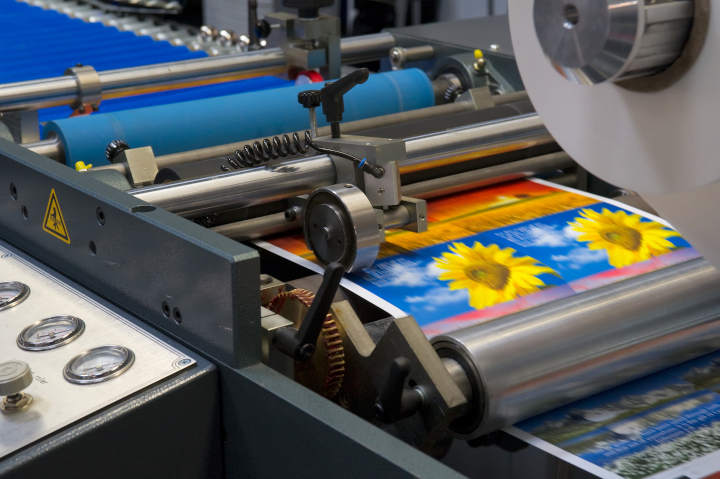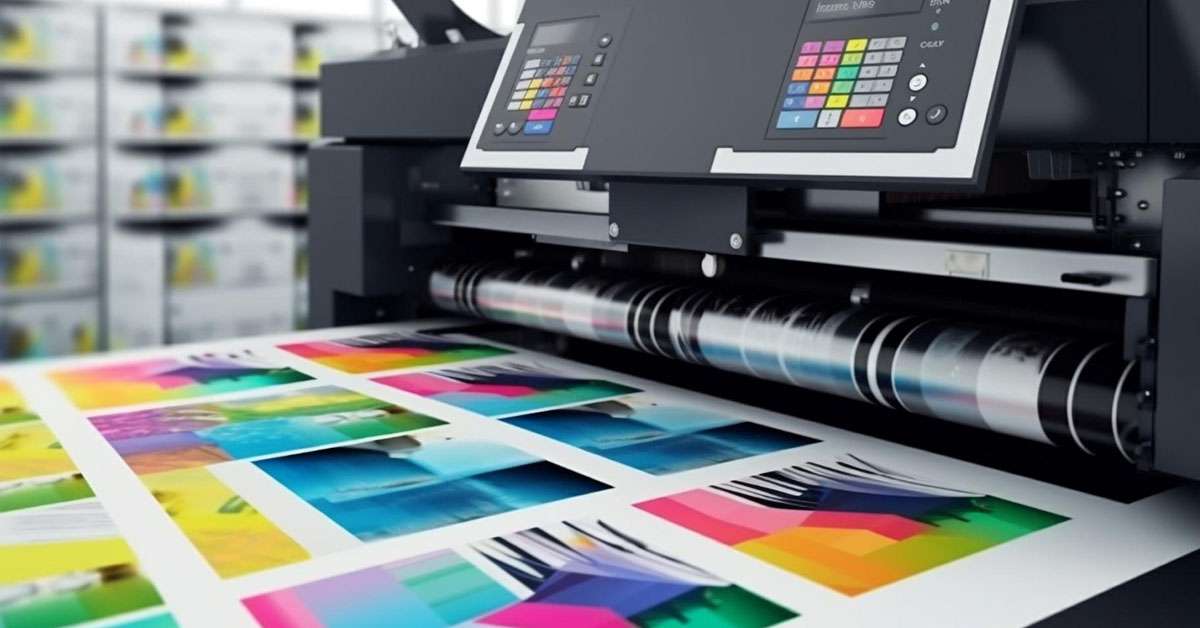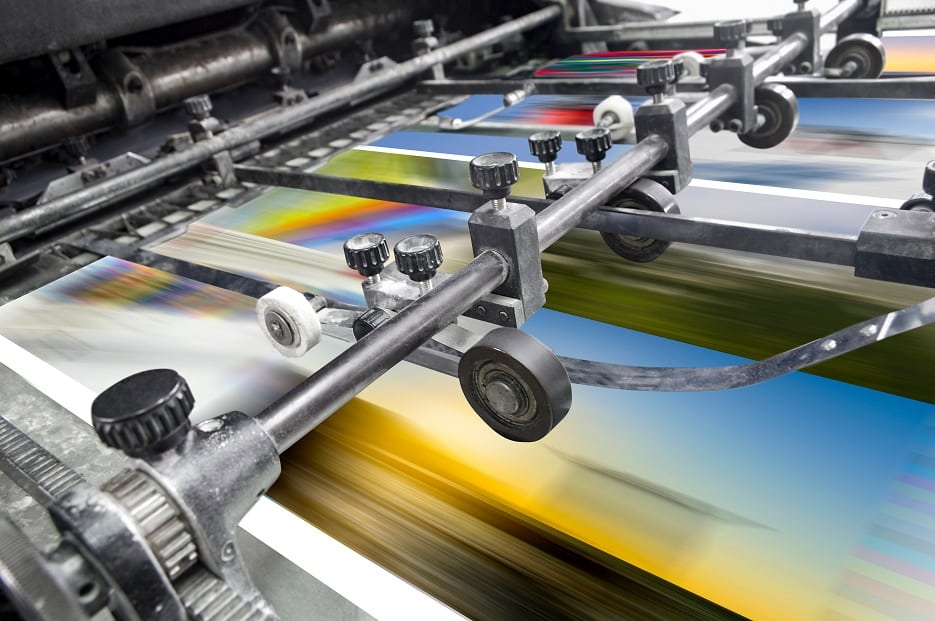In the vibrant world of printing, ensuring the longevity and efficiency of offset printing equipment is crucial for success. Proper care and maintenance are not only essential for achieving high-quality prints but also for maximizing the lifespan of your machines. Whether you’re running a large-scale printing business or managing a small print shop, understanding the intricacies of offset printing equipment care can make a significant impact on your operations.
At the heart of any printing business, offset printing equipment plays a pivotal role. This machinery, known for its precision and efficiency, requires meticulous care to maintain optimal performance. Regular maintenance routines, combined with the right techniques, can prevent unexpected breakdowns and costly repairs. This article will delve into the best practices for maintaining offset printing equipment, ensuring your business thrives in this competitive industry.

Understanding Offset Printing Equipment
Offset printing is a widely used printing technique where the inked image is transferred from a plate to a rubber blanket and then onto the printing surface. This method is popular for producing consistent, high-quality prints in large volumes. The equipment involved in this process is complex and includes components such as plates, cylinders, and rollers.
Importance of Regular Maintenance
Regular maintenance of offset printing equipment is vital for ensuring its longevity and performance. By adhering to a routine maintenance schedule, you can identify potential issues before they escalate into major problems. Regular checks can help in maintaining the quality of prints and minimizing downtime, ultimately saving time and resources.
Daily Equipment Checks
Conducting daily checks is a fundamental aspect of offset printing equipment care. These checks include inspecting rollers, cleaning the press, and ensuring the ink levels are adequate. By addressing minor issues immediately, you can prevent them from developing into significant disruptions.
Weekly Maintenance Tasks
Weekly maintenance tasks should focus on more detailed inspections, such as checking the alignment of plates and cylinders, inspecting belts and hoses, and lubricating moving parts. These tasks help in identifying wear and tear, ensuring the equipment continues to function smoothly.
Cleaning and Lubrication
Cleaning and lubrication are critical components of offset printing equipment care. Regular cleaning prevents the buildup of ink and debris, which can affect print quality and cause mechanical issues. Lubrication ensures that all moving parts operate smoothly, reducing friction and preventing premature wear.
Effective Cleaning Techniques
Using the right cleaning agents and techniques is essential for maintaining equipment. It’s important to use cleaning solutions that are specifically designed for offset printing equipment, as harsh chemicals can damage components. Regular cleaning of rollers, plates, and other parts will help maintain print quality and extend the life of the equipment.
Proper Lubrication Practices
Lubrication should be part of your regular maintenance routine. Use lubricants that are recommended by the equipment manufacturer to ensure compatibility. Regularly lubricating bearings, gears, and other moving parts will minimize wear and extend the lifespan of your equipment.
Calibration and Adjustment
Calibration and adjustment are necessary to maintain the precision and accuracy of offset printing equipment. Regular calibration ensures that the equipment produces consistent, high-quality prints, while adjustments help in maintaining alignment and reducing mechanical stress.
Aligning Plates and Rollers
Proper alignment of plates and rollers is crucial for achieving accurate prints. Regularly checking and adjusting the alignment can prevent issues such as misprints and color inconsistencies.
Maintaining Print Quality
Maintaining print quality involves regular calibration of color settings and print pressure. Ensuring that these settings are consistent will help in producing high-quality prints and meeting customer expectations.
Handling and Storage
Proper handling and storage of offset printing equipment are essential for preventing damage and ensuring longevity. Equipment should be stored in a clean, dry environment, away from dust and moisture. Proper handling techniques should be used to prevent damage during transportation and setup.
Safe Transport Methods
When transporting equipment, it’s important to use appropriate methods to prevent damage. Equipment should be securely packed and protected from shocks and vibrations during transport.
Optimal Storage Conditions
Storing equipment in optimal conditions is crucial for preventing damage. Equipment should be kept in a controlled environment with stable temperature and humidity levels to prevent corrosion and other issues.
Training and Skill Development
Training and skill development are vital for ensuring that personnel can effectively maintain offset printing equipment. Providing regular training sessions for staff will ensure they are knowledgeable about the latest maintenance techniques and equipment handling procedures.
Effective Training Programs
Implementing effective training programs will equip staff with the necessary skills to maintain equipment. Training should cover all aspects of equipment care, including cleaning, lubrication, and calibration.
Encouraging Continuous Learning
Encouraging continuous learning and development will help staff stay updated on the latest technologies and maintenance practices. This approach will ensure that your team is always equipped to handle any equipment-related challenges that may arise.
Working with Manufacturers
Collaborating with equipment manufacturers can provide valuable insights into the maintenance and care of offset printing equipment. Manufacturers often offer maintenance services and support, which can be beneficial for keeping equipment in top condition.
Utilizing Manufacturer Support
Utilizing manufacturer support can provide access to expert advice and services, ensuring that your equipment is maintained according to the highest standards. Manufacturers can also provide spare parts and accessories that are specifically designed for your equipment.
Implementing Manufacturer Guidelines
Implementing manufacturer guidelines for maintenance and operation will help ensure that your equipment is used and maintained correctly. Following these guidelines will help prevent damage and ensure optimal performance.
Cost Management and Budgeting
Effective cost management and budgeting are essential for maintaining offset printing equipment. By planning and allocating resources for maintenance and repairs, you can ensure that your equipment remains in top condition without breaking the bank.
Budgeting for Maintenance
Budgeting for regular maintenance and repairs will help in managing costs effectively. By allocating funds for maintenance, you can prevent unexpected expenses and keep your equipment running smoothly.
Investing in Quality Supplies
Investing in high-quality supplies and spare parts will ensure that your equipment performs optimally. Using low-quality supplies can lead to frequent breakdowns and increased maintenance costs.
Embracing Technology
Embracing technology can enhance the maintenance and performance of offset printing equipment. By adopting modern technologies and tools, you can optimize maintenance processes and improve equipment efficiency.
Utilizing Maintenance Software
Utilizing maintenance software can streamline maintenance tasks and ensure that your equipment is always in top condition. Maintenance software can help in scheduling tasks, tracking performance, and identifying potential issues before they become major problems.
Adopting Innovations
Adopting innovative technologies and tools can enhance the performance and efficiency of your equipment. By staying updated with the latest advancements, you can ensure that your equipment remains competitive in the ever-evolving printing industry.
Conclusion
Caring for offset printing equipment is a comprehensive process that involves regular maintenance, cleaning, lubrication, calibration, and training. By adopting best practices and leveraging technology, you can ensure that your equipment remains in top condition, delivering high-quality prints and supporting the success of your business.
For those interested in exploring the benefits of offset printing for various applications, check out our articles on printing for newsletters, printing for business cards, and printing for magazines. For a deeper dive into the differences between offset and digital printing, you can visit FSSI’s guide.

FAQ
What is offset printing?
Offset printing is a common printing technique where an inked image is transferred from a plate to a rubber blanket and then onto the printing surface. It’s widely used for producing high-quality prints in large volumes.
Why is maintenance important for offset printing equipment?
Regular maintenance is crucial for preventing breakdowns, preserving print quality, and extending the lifespan of the equipment. It ensures that the machinery operates efficiently and consistently.
How can I improve the efficiency of my offset printing equipment?
Improving efficiency involves regular maintenance, using high-quality supplies, adopting modern technologies, and providing training to staff. These practices ensure that the equipment operates optimally and continues to produce high-quality prints.
This article contains affiliate links. We may earn a commission at no extra cost to you.







